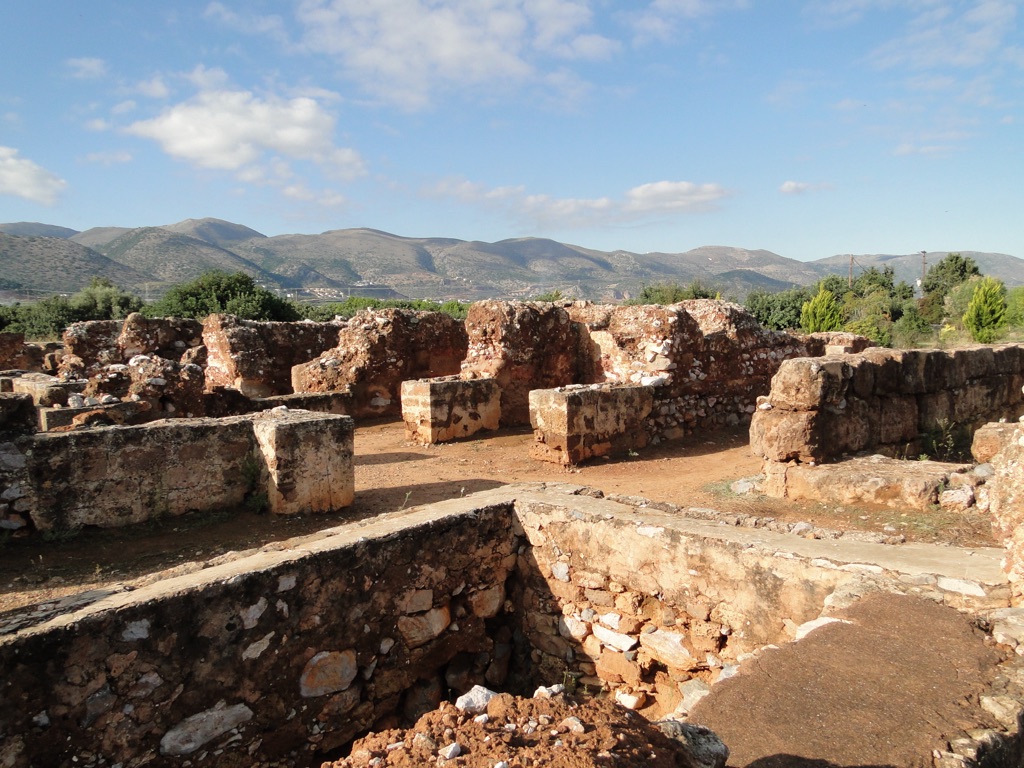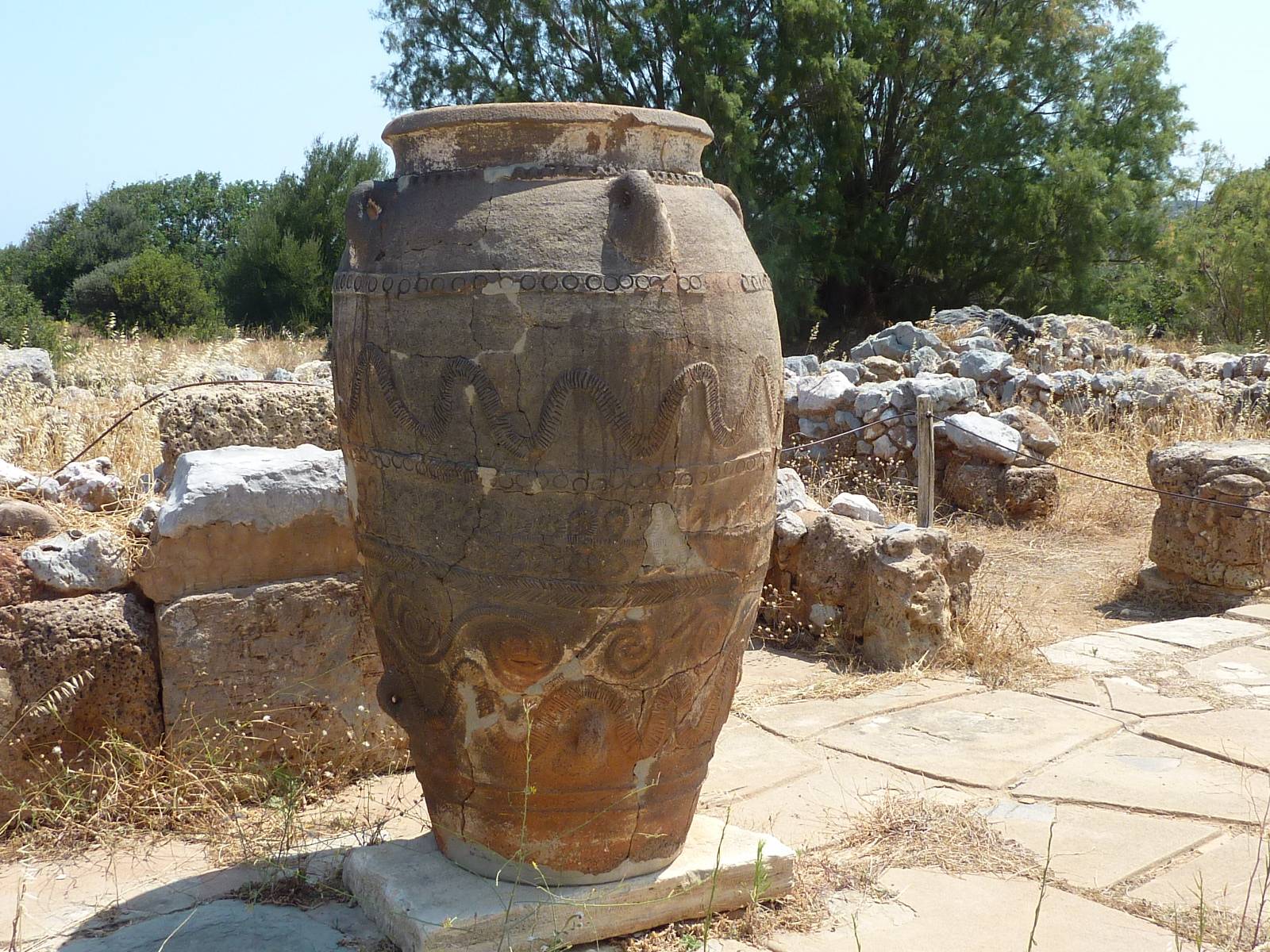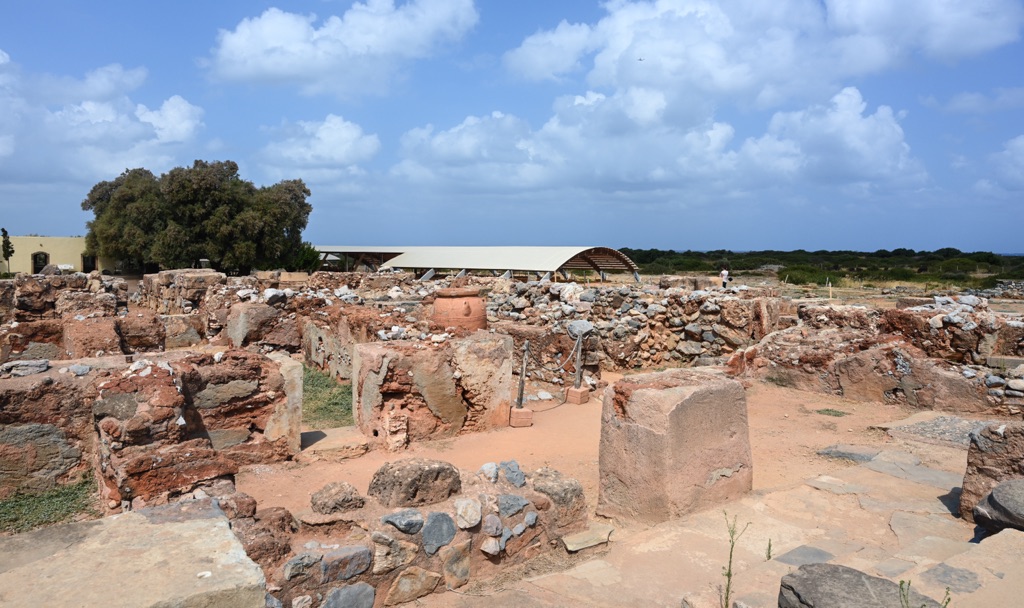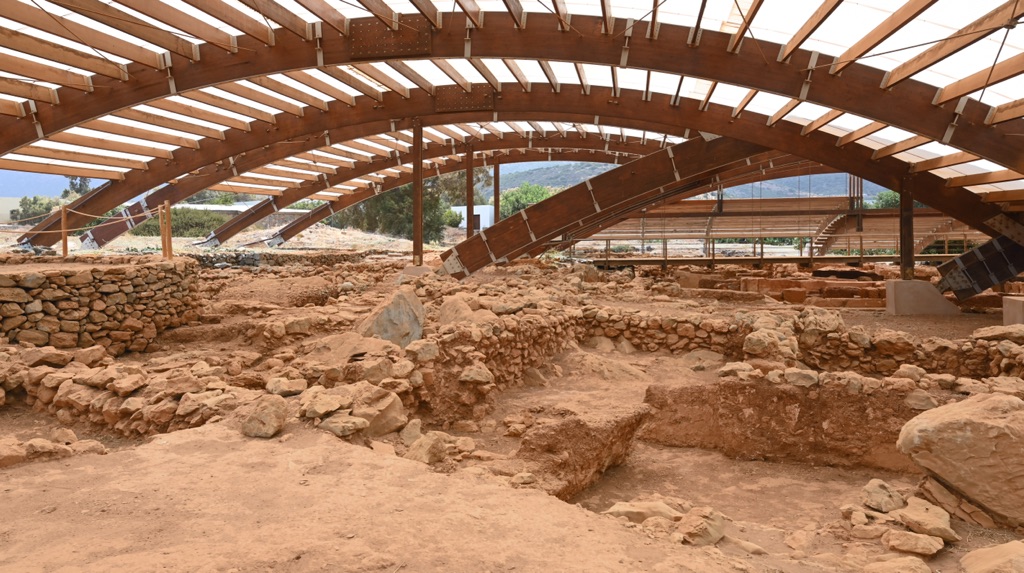The Palace of Malia, located on the island of Crete, is a testament to the grandeur of the Minoan civilization. This archaeological site was a hub of political, economic, and religious activities during its peak. The ruins suggest a complex with multiple functions, including residential, administrative, and religious spaces. The palace’s discovery has provided invaluable insights into Minoan architecture, art, and society.
Get your dose of History via Email
Historical Background of the Palace of Malia
The Palace of Malia was first unearthed in 1915 by Greek archaeologist Joseph Hadzidakis. It dates back to around 1900 BC, during the Protopalatial period of Minoan Crete. The site was likely built by the Minoans, a Bronze Age Aegean civilization. Over time, it experienced destruction and subsequent rebuilding, indicative of the turbulent times. The palace was an important center until its final destruction around 1450 BC.
After its initial discovery, French archaeologists took over the excavation work. They revealed a complex layout typical of Minoan palatial structures. The palace was not just a royal residence but also a focal point for administrative and religious activities. It housed workshops, storerooms, and extensive archives. The site was later inhabited by Mycenaeans, as evidenced by Linear B tablets found there.

The Palace of Malia played a significant role in the Minoan trade network. Its strategic location facilitated commerce across the Aegean and Mediterranean. The palace also bore witness to significant historical events, including natural disasters and invasions that led to its destruction and rebuilding. Its final demise coincides with the general decline of the Minoan civilization.
Notable for its size and complexity, the palace was an architectural marvel of its time. It featured advanced construction techniques and an intricate layout. The site’s central courtyard was a key feature, surrounded by various rooms and halls. The palace’s storerooms held large pithoi, containers used for storing oil, grains, and other goods, indicating the site’s economic importance.
The Palace of Malia’s ruins have become a crucial source of information about the Minoan era. The artifacts and structures unearthed here have shed light on the social hierarchy, religious practices, and daily life of the Minoans. The site continues to be a focus of archaeological study, offering glimpses into one of history’s most fascinating civilizations.

About the Palace of Malia
The Palace of Malia is a sprawling complex that showcases the architectural prowess of the Minoans. Built primarily with ashlar blocks, the palace’s design includes multiple levels, intricate corridors, and staircases. The use of light wells and an advanced drainage system highlights the Minoans’ engineering skills.
One of the palace’s most remarkable features is the central courtyard. It served as a gathering place and possibly a venue for religious ceremonies. Surrounding the courtyard were rooms for various purposes, including the storerooms with giant pithoi. These storerooms underline the palace’s role in the Minoan economy.
The palace also contained residential quarters, which were likely used by the elite. These areas were more refined, with frescoes and fine pottery found during excavations. The presence of workshops within the complex suggests that the palace was a center for artisanal activity, producing goods for both local use and trade.

Architectural highlights include the monumental entrance, known as the “Grand Staircase,” and the intricate “Minoan Hall” with its characteristic polythyra, a series of doorways providing access to central rooms. The palace’s layout was complex, with areas believed to be dedicated to religious worship, such as the small sanctuary found in the northeast section.
The construction methods and materials used in the Palace of Malia were typical of Minoan architecture. The builders employed a combination of stone, wood, and mud bricks. The palace’s ruins today offer a glimpse into the sophistication of Minoan building techniques and their ability to create a functional yet aesthetically pleasing environment.
Theories and Interpretations
The Palace of Malia, like other Minoan palaces, has been the subject of various theories and interpretations. Its use has been widely debated, with some scholars suggesting it functioned as a palace, administrative center, and religious sanctuary. The complex layout and presence of religious artifacts support this multifaceted use.
Some theories propose that the palace was a site for communal gatherings and rituals. The central courtyard could have hosted public events and religious ceremonies. The discovery of altars and sacred objects lends credence to the idea of the palace as a religious center.

The intricate design of the palace has led to interpretations about the social structure of the Minoans. The separation of spaces within the complex suggests a hierarchy, with more private and elaborate rooms reserved for the elite. The workshops and storerooms indicate a well-organized economic system.
There are mysteries surrounding the palace, such as the purpose of certain rooms and the significance of various artifacts. The absence of fortifications has led to the theory that the Minoans were a peaceful society, relying on their naval prowess for security. However, this interpretation is still debated among historians.
Dating the Palace of Malia has involved methods like stratigraphy and pottery analysis. Radiocarbon dating has also been used to establish a timeline for the site’s construction and destruction. These methods have helped place the palace within the broader context of Minoan and Aegean history.
At a glance
Country: Greece
Civilization: Minoan
Age: Approximately 1900 BC to 1450 BC
Conclusion and Sources
Reputable sources used in the creation of this article include:
- Wikipedia: https://en.wikipedia.org/wiki/Malia_(municipality)
- UNESCO: https://whc.unesco.org/
“`

